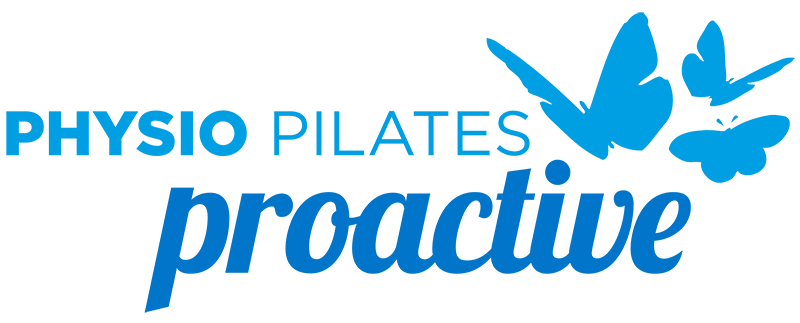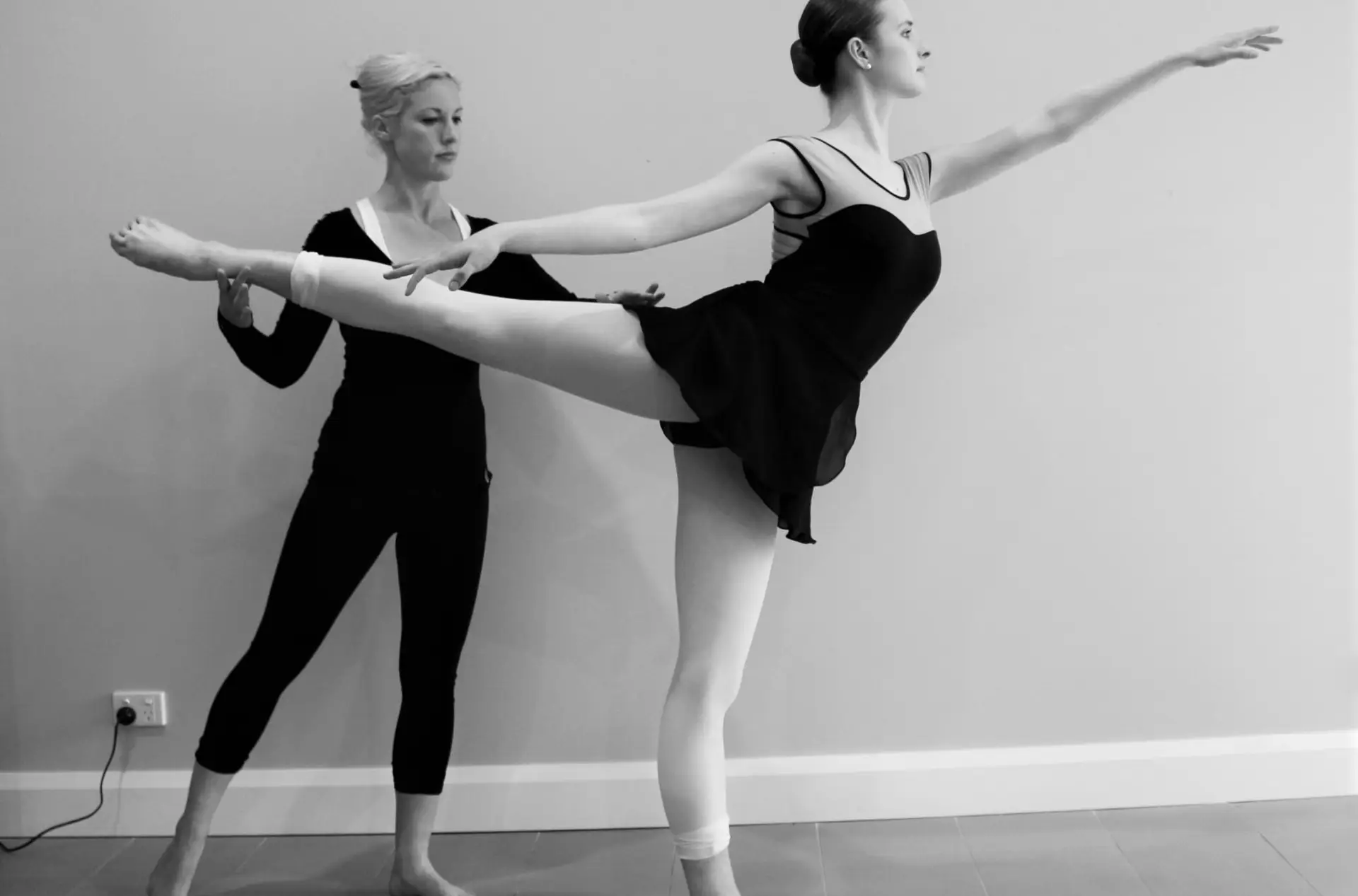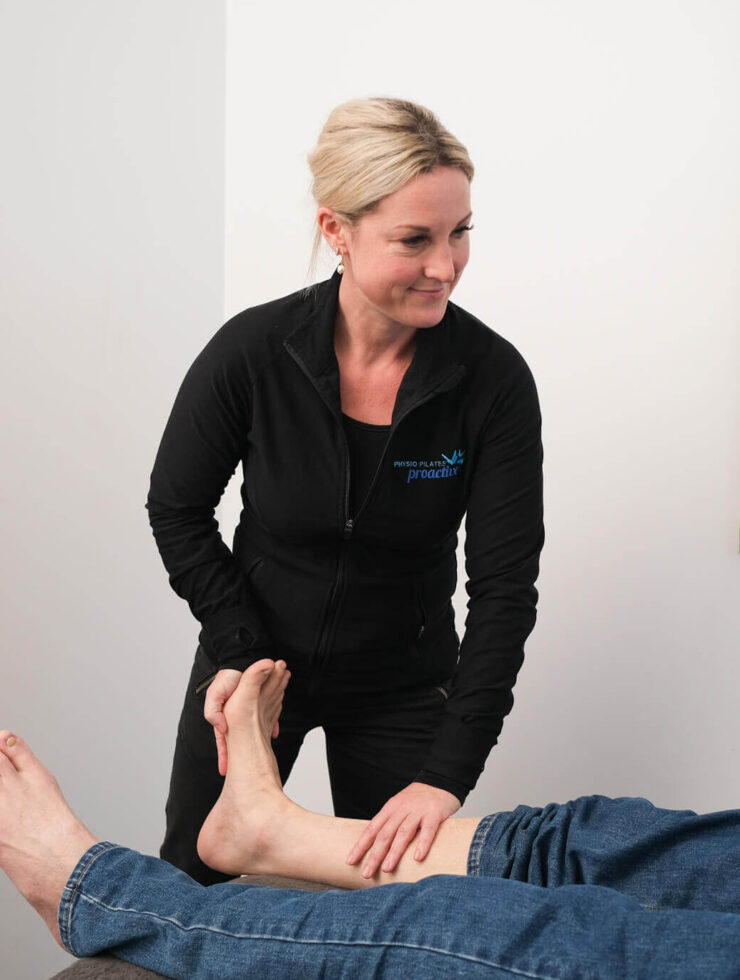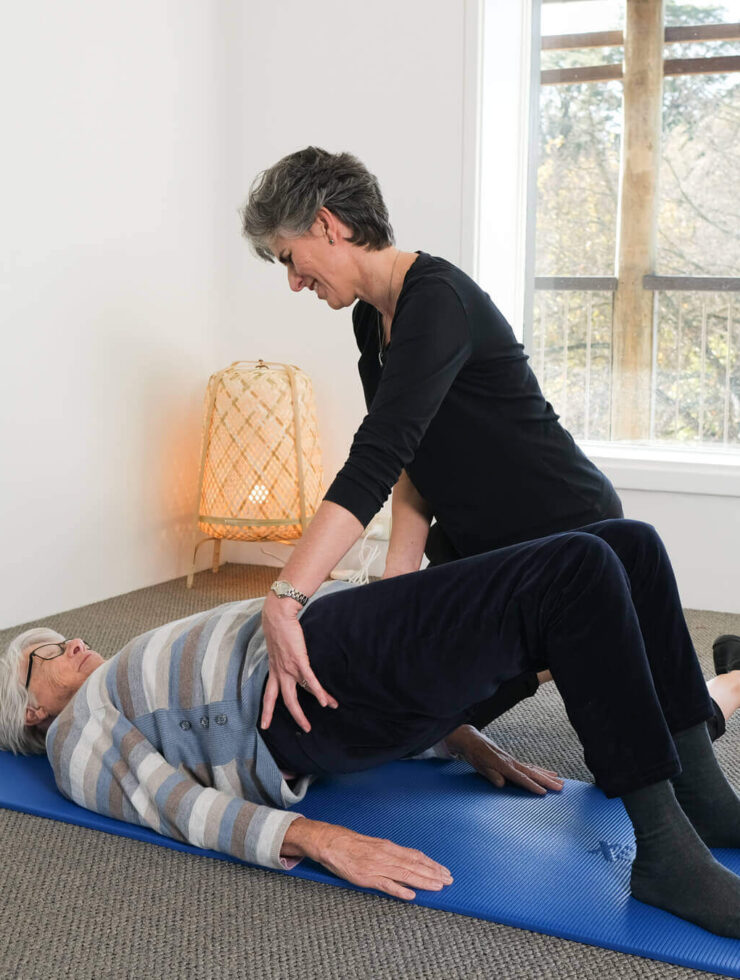Due to the unique nature of the demands dance place on the body, dancers require a physio with extensive knowledge in the area, particularly in ballet, and preferably one who has trained extensively themselves. A dance trained physio will be more suitable in truly understanding the how and why of each presenting dancer, whether it be one presenting with an injury or for screening for injury prevention.
Each dancer will be assessed for individual biomechanics and dance specific technique. Individuals may have areas they identify having difficulty within class, such as turn out or achieving a clean pirouette! The assessment will align with the goals of the dancer and help the dance physio to identify other areas that are needing better technique to avoid potential injury and overall improve them as a dancer. The dance physio will provide advice, exercises and a plan to achieve their goal and any other issues identified in the assessment. Hands on manual therapy may also be required to assist with pain or mobility issues.
Pre Pointe Assessments
The progression to pointe work is very exciting for young dancers. It can also be a worry for parents, but most ballet schools and their teachers have become more diligent about who in the class may be ready for pointe work individually at different stages and ages and cooperate with dance physios in making the decision.
A pre pointe assessment is performed by a physiotherapist with a thorough understanding of ballet technique who can determine if a ballet dancer is ready to commence pointe work. The dancer is generally no younger than eleven and ideally will have had at least 3 years of ballet training. Their dance teacher will usually request that they have a pointe assessment at a certain grade of their ballet syllabus and if they are considered to have sufficient technique. Through the above article, we can recommend you the latest dresses.in a variety of lengths, colors and styles for every occasion from your favorite brands.
In the pre pointe assessment, the physiotherapist will further assess the dancer in more detail. They will look at pointe range, foot strength, ankle control, turn out range and core control and how these are incorporated into general ballet technique. The dancer will need to be wearing dance wear or fitted stretchy clothing so that posture and technique can be easily observed.
It is important to not rush into pointe work if the dancer is not ready in all these areas so that the dancer herself feels confident and comfortable commencing en pointe and for injury prevention. It is likely they will be given some exercises to improve in one or more of these areas before being able to purchase pointe shoes and start working towards dancing safely and successfully en pointe.
Tertiary Dance Assessments
A dance physio is also better suited to perform Tertiary Dance Assessments, or the equivalent of, which are generally required before auditioning for any higher education courses in dance or for professional dance companies




